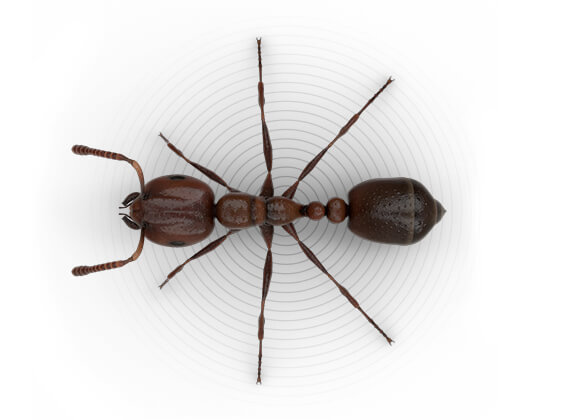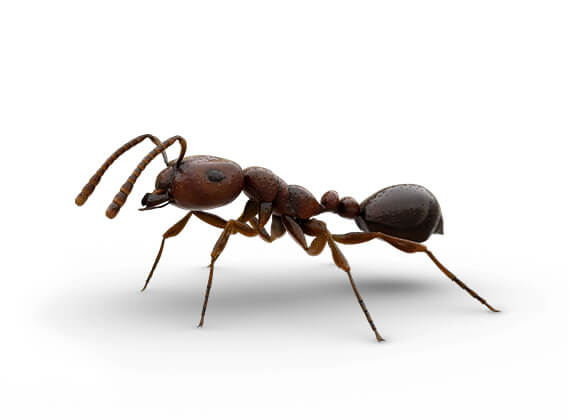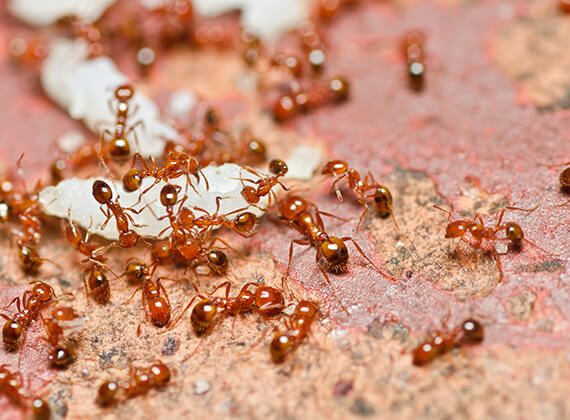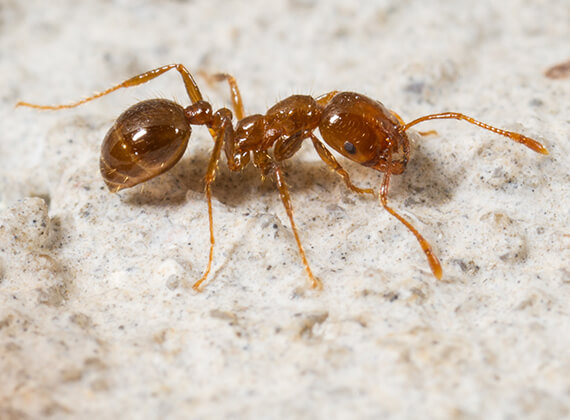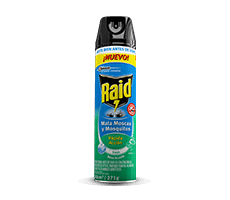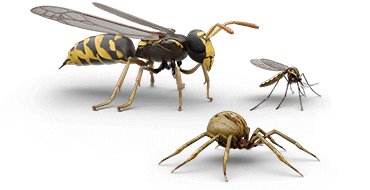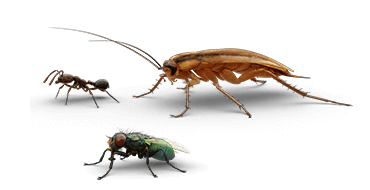Fire Ants
Solenopsis invicta
-

SIZE
1/8in to 1/4in long
-

COLOR
-

BITE OR STING
Yes
-

WINGS
Sometimes
COMMONLY MISTAKEN FOR
General Information
Fire ants will sting anything that disturbs their colony. Their stings can be quite painful and may require medical attention, especially if you’re allergic. Help protect your family from these aggressive critters by learning more about them and finding out how to help get rid of fire ants in the house.
-
Fire ants are usually 1/8 to 1/4-inch long and reddish-brown or black in color.
-
They are sometimes called red ants or red imported fire ants (RIFA).
General Information
Fire ants will sting anything that disturbs their colony. Their stings can be quite painful and may require medical attention, especially if you’re allergic. Help protect your family from these aggressive critters by learning more about them and finding out how to help get rid of fire ants in the house.
-
Fire ants are usually 1/8 to 1/4-inch long and reddish-brown or black in color.
-
They are sometimes called red ants or red imported fire ants (RIFA).
Details
-
Fire ants generally build colonies outdoors in dome-shaped mounds that are often 1 to 2 inches in diameter.
-
They will often kill the grass around their mounds.
-
Not all outdoor mounds are visible. Some are built under rocks or wood laying on the ground.
-
When the soil is moist and cool, outdoor fire ant colonies are located within a couple of feet of the soil surface. During dry periods, colonies may extend 5 or even 10 feet below the soil surface.
-
After a heavy rain, many people observe new colonies. These could be new, but often they are just hidden colonies that are being re-opened after wet soil clogs the fire ant tunnels.
-
Fire ants in the house are looking for food and moisture, which can be found in sinks, showers, leaky pipes, spills, etc.
-
Fire ants especially likely to look for water in your home when it is hot and dry outside.
-
Fire ants can bite you and your pets. They also have a stinger on their abdomen that they use to inject venom into anything that disturbs their colony.
-
Their stings can be quite painful and multiple stings may require medical attention.
-
Occasionally, their stings can cause a severe and possibly fatal allergic reaction in some people.
-
Fire ants are a persistent problem in warmer climates because the ants routinely move their colonies into new locations in search of ample food and moisture.
-
Fire ants build and follow trails. Look for these trails around foundations, baseboards, and other moist areas.
-
Remove debris—such as wood, rocks, and stones—that is close to the foundation of your home where fire ants may build an invisible colony.
-
Caulk any points where ants enter into wall voids, cracks, and crevices, including entry points from the outside to help prevent fire ants from coming in the house.
AVOID COMMON MISTAKES
-
Consider hiring a professional yard maintenance company to help you get rid of fire ants if there are too many mounds to handle yourself or if there is a medical reason to avoid stings.
-
If you decide to treat your yard yourself, only use products labeled for use on fire ants and be sure to read and follow the instructions.
-
Universities commonly recommend using a combination of residual sprays, mound treatments, and baitsto help get rid of fire ants.
-
Consider hiring a professional yard maintenance company to help you get rid of fire ants if there are too many mounds to handle yourself or if there is a medical reason to avoid stings.
-
If you decide to treat your yard yourself, only use products labeled for use on fire ants and be sure to read and follow the instructions.
-
Universities commonly recommend using a combination ofresidual sprays, mound treatments, and baitsto help get rid of fire ants.
